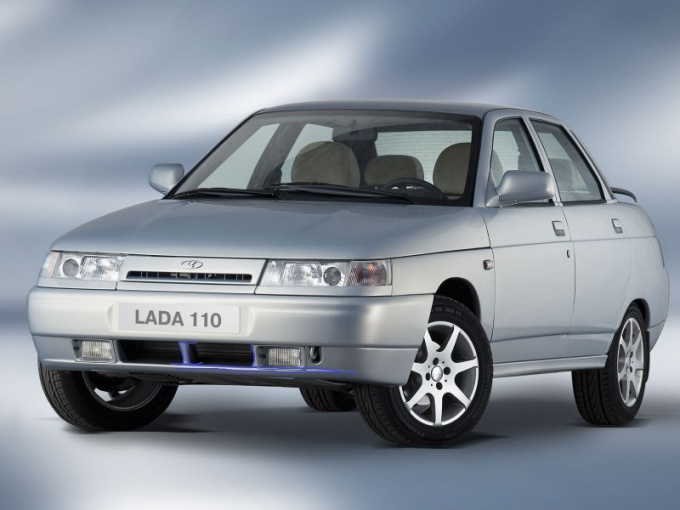You will need
- - a standard set of tools;
- tester (multimeter);
- - spare parts
Instruction
1
If the starter turns the crankshaft when starting the engine, check the terminal voltage and the residual capacity of the battery. If the battery is low, crimp terminals, clean the terminals and smear them with petroleum jelly, and charge the battery small current. If necessary, replace it. Also check the ease of rotation of the crankshaft and the pulley on the alternator and water pump. Faulty details replace new. Inspect the gear the starter clutch and the teeth of the flywheel ring. If they are worn, put a new starter or flywheel.
2
If none of this helps, check for a faulty starter solenoid, a bell tester and measure the resistance on the circuit between the battery and the starter. Faulty wires and solenoid, replace. Check the operation of the starter, its collector, brushes, anchors, hold-in winding and the freewheel.
3
If the starter heard a loud background noise, check the fastening of the starter magnet inside it, wear sleeves and shaft. Also check the teeth of the flywheel ring for their wear. If necessary, secure the starter and the magnet inside it properly or replace these items. Flywheel with worn teeth, change the Assembly.
4
If the starter works, but engine does not start, check battery as indicated above. The bell circuit from the battery to the switch. Using a voltmeter, verify the integrity of the Hall sensor. Then try to replace the switch with a known good to verify that the problem is not in it. If this fails, check wires for an open measure the resistance of the resistor, inspect the rotor and the distributor cap for signs of burnouts. Then check the connections of high-voltage wires to the module or the ignition coil. Then make sure that the electrode gap of the spark plugs is normal.
5
Check the alignment marks on the crankshaft and camshaft to ensure the correct installation timing. Adjust the ignition timing. Then diagnose the engine control module, crankshaft position sensor, temperature sensor, coolant, IAC. Check the power system: availability of petrol in the tank, plugged filters, hoses and lines, the efficiency of the fuel pump. In the engine with carburetor check the carburetor.
6
When difficulty starting the engine, check the fuel pressure generated by fuel pump. Also check all the power supply system as mentioned earlier. Verify that gasoline is not leaking anywhere. Carburetor engine try to start, podkachal gasoline in the float chamber with a hand pump.
7
With unstable operation of the engine check spark plug condition and gap between the electrodes. Check high-voltage wires, the correctness of adjustments of valve timing and ignition timing. Also make sure that the switch, control unit motor, the crankshaft position sensor and IAC. On gasoline engines, check the carb, its clogged nozzles, faulty solenoid valve. In addition, check the tightness of the exhaust system and check the oxygen sensor.
